Home / Albums / Tag Century:9th 16

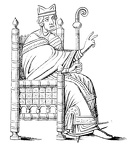 Chair of the Ninth or Tenth Century
Chair of the Ninth or Tenth Century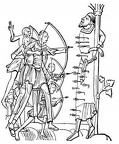 Martyrdom of St. Edmund by the Danes
Martyrdom of St. Edmund by the Danes A War-galley in the Days of King Alfred
A War-galley in the Days of King Alfred Charlemagne
Charlemagne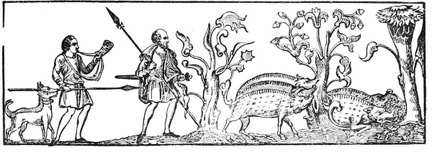 Swine Hunting - IX Century
Swine Hunting - IX Century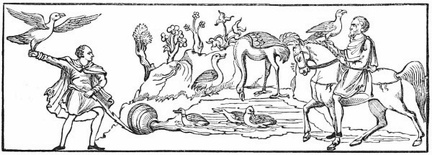 Saxon Hawking—IX. Century.
Saxon Hawking—IX. Century.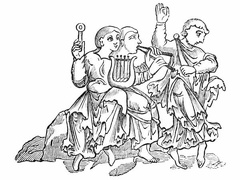 Gleemen's Dance.—IX. Century
Gleemen's Dance.—IX. Century German fiddle, ninth century
German fiddle, ninth century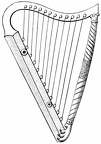 Harp, ninth century
Harp, ninth century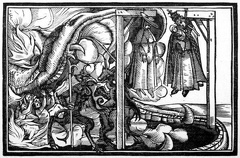 Pope Joan
Pope Joan Time-chart A.D. 800-A.D. 1500
Time-chart A.D. 800-A.D. 1500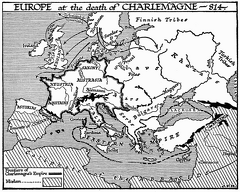 Europe at the Death of Charlemagne
Europe at the Death of Charlemagne England, 878 A.D
England, 878 A.D Costume of a bishop
Costume of a bishop Prelate
Prelate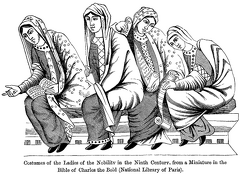 Ladies of Nobility
Ladies of Nobility



